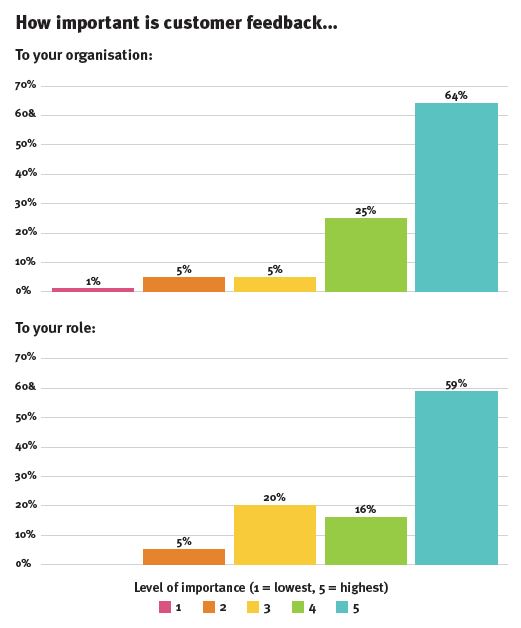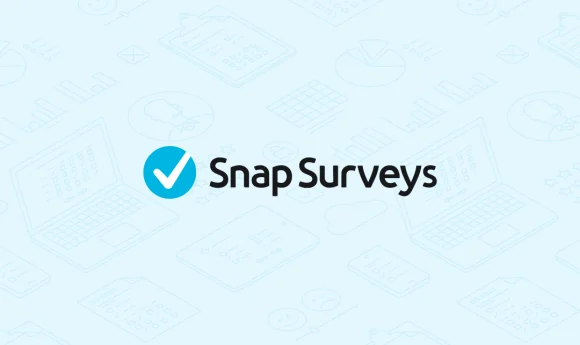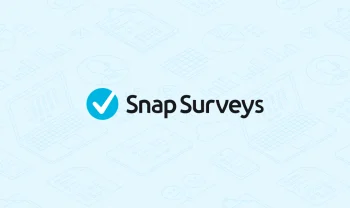Introduction: Blog Series: 7 most common mistakes in gathering customer feedback – and how to avoid them
We at Snap Surveys, a leading survey software and service solutions provider, partnered with Brand Republic, the UK’s leading online destination for people working in the marketing and communications industries, to explore how brands are capturing customer feedback and what they do with the findings.
Feedback is a powerful tool, but it needs to be collected and used correctly
When it comes to gathering customer feedback, marketers these days have an embarrassment of riches, thanks to the internet and that 24/7 global chat room called social media. In fact, there is now a bewildering array of feedback tools that marketers have at their disposal, regardless of whether it is even appropriate to solicit consumer opinion in the first place.
So in an era when feedback channels are proliferating, what do marketers, who may or may not have come into their roles via the customer insight or market research department, need to know about the feedback process?
To get to the heart of the matter, survey solutions firm Snap Surveys conceived an innovative parallel feedback exercise of its own: it partnered with Brand Republic to explore how brands are capturing customer feedback and what they do with the findings. At the same time, Snap Surveys’ own consumer panel was probed on how they felt about being on the receiving end of such approaches.
In this report, we have asked experts to explore those findings, and then to shift gear to address common pitfalls that could undermine the feedback process – and how to avoid them.
The growing importance of feedback
Customer feedback has moved from the marketer’s drawer marked ‘nice to know’ to taking a central role in successful brand and customer management. This is not just an anecdotal observation: a resounding two thirds of respondents to the Brand Republic and Snap Surveys marketer research, or 64%, said feedback is vital to their organizations, with 60% going on to say it was vital to their jobs too. [See graphs] 
“Capturing and monitoring feedback has without a doubt increased the profitability of our business.” – Marketer response to the Brand Republic and Snap Surveys survey 2013
Broadly speaking, feedback gathering falls into two camps: surveys where opinions are solicited, and tools that allow feedback that the consumer initiates in an unsolicited fashion. Surveys are in the solicited camp, a key benefit being they are structured forms of feedback where marketers get to ask specific questions pertinent to their brands.
So far, so good, but there is an inherent risk with commissioning surveys: if poorly managed, the whole survey experience can risk backfiring on the business commissioning it.
“Undertaking a survey is part of the customer experience of the brand,” cautions Jane Woolley, Customer Insight Consultant and the former head of Customer and Stakeholder Insight at London Underground. “You may think, ‘it has cost me hardly anything to send that survey out,’ but if it’s poorly designed, incorrectly targeted or too long, it can reflect badly on your brand.”
Nowhere are the risks of alienating consumers with surveys more loaded than on the web. More than any other medium, online has empowered marketers to conduct their own surveys, with an explosion in the amount of software packages available.
Blog series expectations
Throughout this 7 part blog series, we will walk you through the 7 most common mistakes in gathering customer feedback and what you can do to avoid them. We will also offer the full report as a download at the end of this blog series.
Source: Excerpts from the Expert Report: Walk the talk: the 7 most common mistakes in gathering customer feedback – and how to avoid them, by BrandRepublic in association with Snap Surveys.

